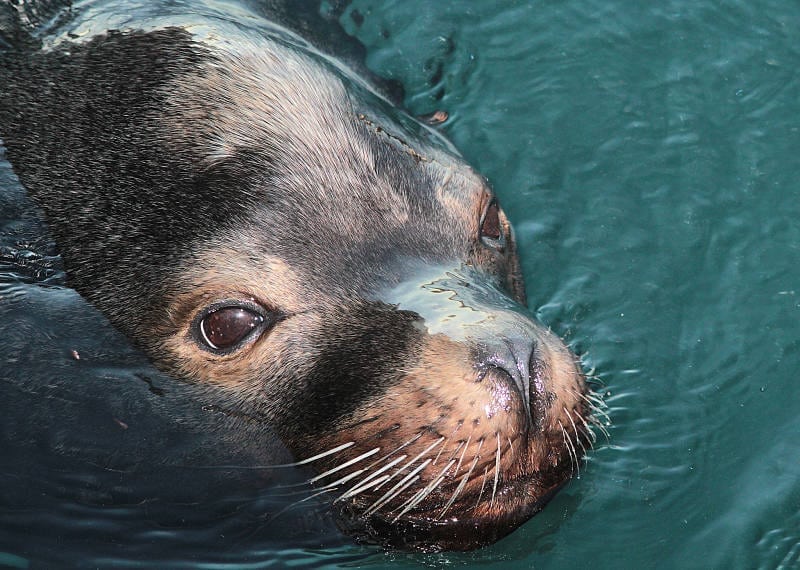The Maui Holoholo Bookmobile - HOP to it
Maui is fortunate to have a bookmobile that reaches people who would otherwise have a difficult time visiting the library. We are also fortunate to ha...

Did you know there are only two native mammal species that can be found on land in Hawaii? They are the Hawaiian hoary bat and the Hawaiian monk seal. When we homo sapiens found our way to the islands, we brought a whole host of other mammals, including rats, mice, pigs, mongoose, cats, dogs, horses, sheep, cows and many more. If you turned back the clock to the time before these changes, you'd see pristine stretches of smooth, undisturbed beach throughout Hawaii, and the only sunbathers were Hawaiian monk seals relaxing peacefully among the busy little sand crabs. In those days, there wasn't so much as a mosquito to bother them. Humans brought those later, too.
Luckily for the Hawaiian monk seal, the major Hawaiian islands only comprise part of the enormous chain. Hundreds of smaller islands stretch to the northwest, and most of them are empty of humans and other mammals. Despite the changes that humans brought to their habitat, Hawaiian monk seals remain exclusive to our archipelago, and to the diminutive Johnston Atoll, a former U.S. military base several hundred miles to the southwest of Hawaii. When the Polynesians arrived in Hawaii, they named the Hawaiian monk seal "Ilio-holo-i-ka-uaua"which means “the dog that runs in rough waters.” So what's it like being a Hawaiian seal? Here are some fun facts about these shy but dynamic creatures.
Statistics
Physical Traits
Behavior
Feeding
History
Hawaiian monk seals are critically endangered, and one of only two remaining kinds of monk seals on Earth, along with the Mediterranean monk seal, whose population has fallen to just 600 individuals. There was once a Caribbean monk seal, but it is believed to be extinct since the 1950's. This makes the survival of the Hawaiian monk seal especially important. To avoid harming these remarkable marine mammals, it's important to keep the islands free from litter, and above all, to stay as far away from them as possible if you come across one lying on the beach. Monk seals are accustomed to solitude, and they like it that way. Females are known to permanently abandon their pups if disturbed by people. If you see a monk seal in Hawaii, report the sighting so the professionals can collect data and keep onlookers at a safe distance.
To report monk seal sightings:
Email [email protected] or call your island's Marine Mammal Response Coordinator.
If you join us aboard one of our Maui sunset cruises or Hawaii snorkeling tours, keep in mind that monk seal sightings are extremely rare but not impossible. You're much more likely to spot Hawaiian green sea turtles, especially if you're snorkeling with us. If you have any questions about the marine life you'll encounter on our tours, you'll find our contact information at the bottom of the page. We look forward to having you onboard with us! Mahalo!
Maui is fortunate to have a bookmobile that reaches people who would otherwise have a difficult time visiting the library. We are also fortunate to ha...
Spinner dolphin sightings are common on our Lanai snorkel tours. We'll take you to areas off Lanai's gorgeous coastline that dolphin pods tend to favo...
There are so many things to do and see on Maui, visitors often try to fit it all into one vacation and find that they can't. But with so many differen...
